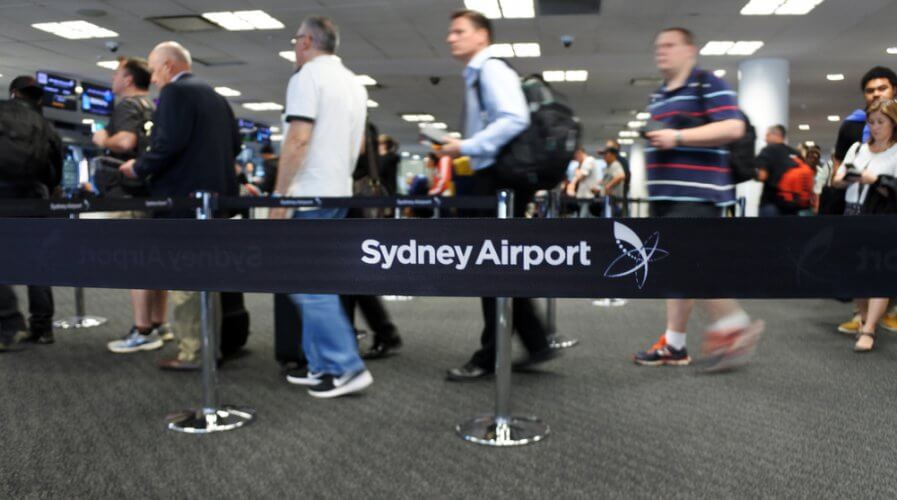
Australia might grant more visas to tech workers going forward. Source: Shutterstock
Australia decides to keep tech visa program after 12 month pilot
TECHNOLOGY skills are in short supply and businesses are often forced to look overseas if they need to find the talent they need.
For Australia, that often means hiring highly skilled technology professionals from India, China, and other countries. Being able to secure visas for new hires quickly means companies can get to work and craft their digital future.
While the Australian government understands the need to bring in talent from overseas, it has to also be mindful about protecting jobs that can be filled by locally available talent and ensuring that employers have enough of a motivation to train and recruit domestically when there’s an option.
Given the economic environment in the country, the government decided to phase out the 457 visa sponsorship program by March last year, and replaced it with the Global Talent – Employer Sponsored visa program.
The Global Talent – Employer Sponsored (formerly the Global Talent Scheme) (GTES) is a niche scheme under the Temporary Skill Shortage (TSS) visa program launched as a 12 month pilot on 1 July 2018.
According to recent news, the GTES has been granted permanent status and will continue to accept applications in the future.
The Australian Department of Home Affairs says that the GTES allows employers to sponsor overseas workers for highly-skilled positions that cannot be filled:
- by Australian workers, or
- through other standard visa programs – in particular, the Short-term stream and Medium-term stream of the Temporary Skill Shortage (TSS) visa.
Further, the government emphasizes that the GTES is only for highly-skilled niche occupations that cannot be accessed through existing skilled programs.
While the prospects of the GTES look great at this point, some employers and lawyers have complained that the cost of application — which can sometimes go as high as AUD10,000 (US$ 6,770) — make it difficult for startups to really leverage the program.
However, it doesn’t seem as though the government will consider making visas under the GTES program more affordable as they see it as a way for local companies to contribute to the cost of training workers at home for future opportunities.
Looking to hire tech talent? Here’s what the GTES offers
Under the GTES, the Australian government provides visas to two kinds of businesses via two different streams.
The first is the Established Business stream where some of the bigger businesses who qualify for the “accredited sponsors” status, and have turnovers equal to or in excess of AUD4 million (US$2.71 million), can file up to 20 visa applications for overseas hires each year.
The intention is to enable the acquisition of talent with cutting-edge skills to foster innovation and make Australian businesses and their Australian employees the best at what they do.
The second route is the Startup stream and entitles new-age Australian businesses in the science, technology, engineering, or mathematics fields to apply to an independent GTES Startup Advisory Panel for visas to bring “workers with cutting-edge skills to contribute to Australia’s developing startup ecosystem”.
Over the past 12 months, the 23 companies have signed up to use the GTES program, including Rio Tinto, Coles, Atlassian, and Cochlear. Of the 23, just five are startups according to local media.
However, the government believes that the pilot was a success given the interest it has received thus far, and believes that the coming months will see more applications as more businesses learn about the program.
“Now the government has made the scheme permanent we will try to get the word out,” StartupAUS CEO Alex McCauley told local media. McCauley is also the Chairperson of the GTES Startup Advisory Panel.
Businesses looking to make progress on their digital transformation agenda and deliver on customer expectations need talent with the right skills. If they want to hire from overseas, it’s time for them to review the GTES scheme.
READ MORE
- The criticality of endpoint management in cybersecurity and operations
- Ethical AI: The renewed importance of safeguarding data and customer privacy in Generative AI applications
- How Japan balances AI-driven opportunities with cybersecurity needs
- Deploying SASE: Benchmarking your approach
- Insurance everywhere all at once: the digital transformation of the APAC insurance industry






